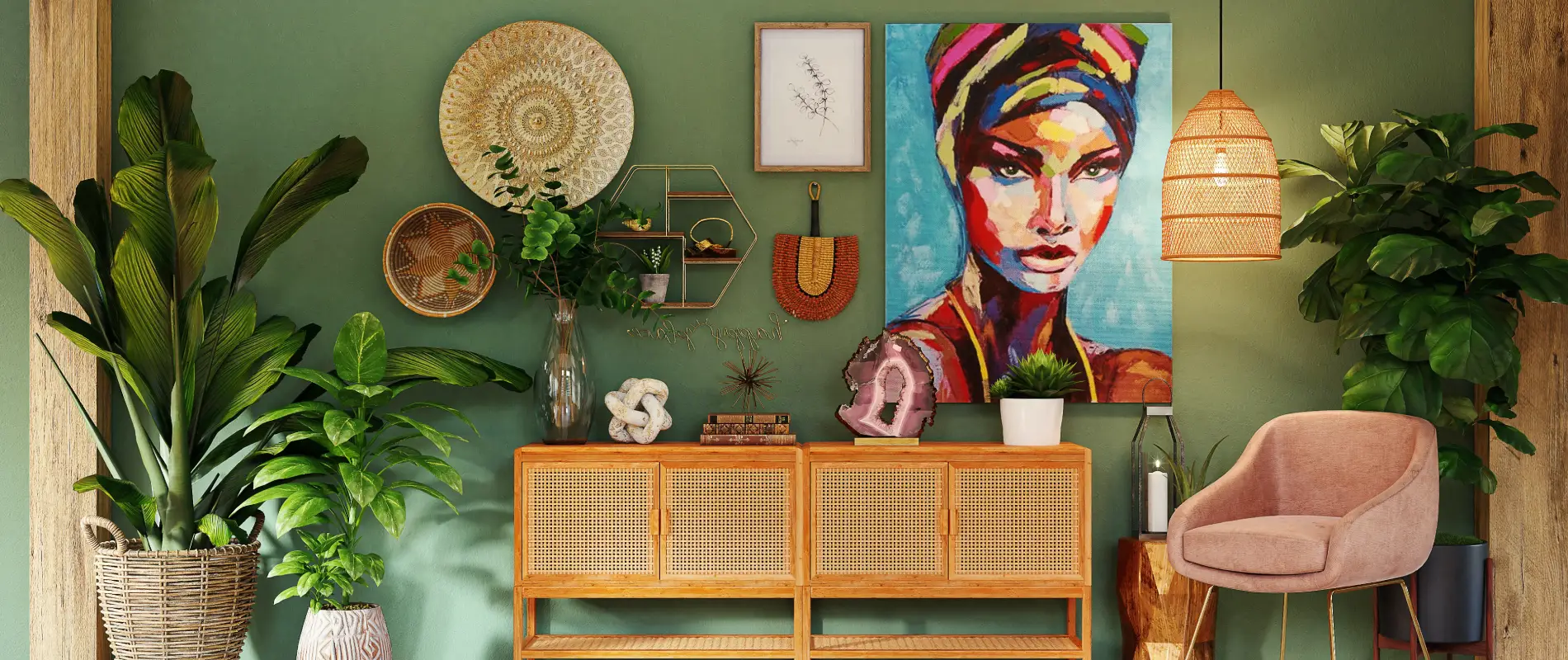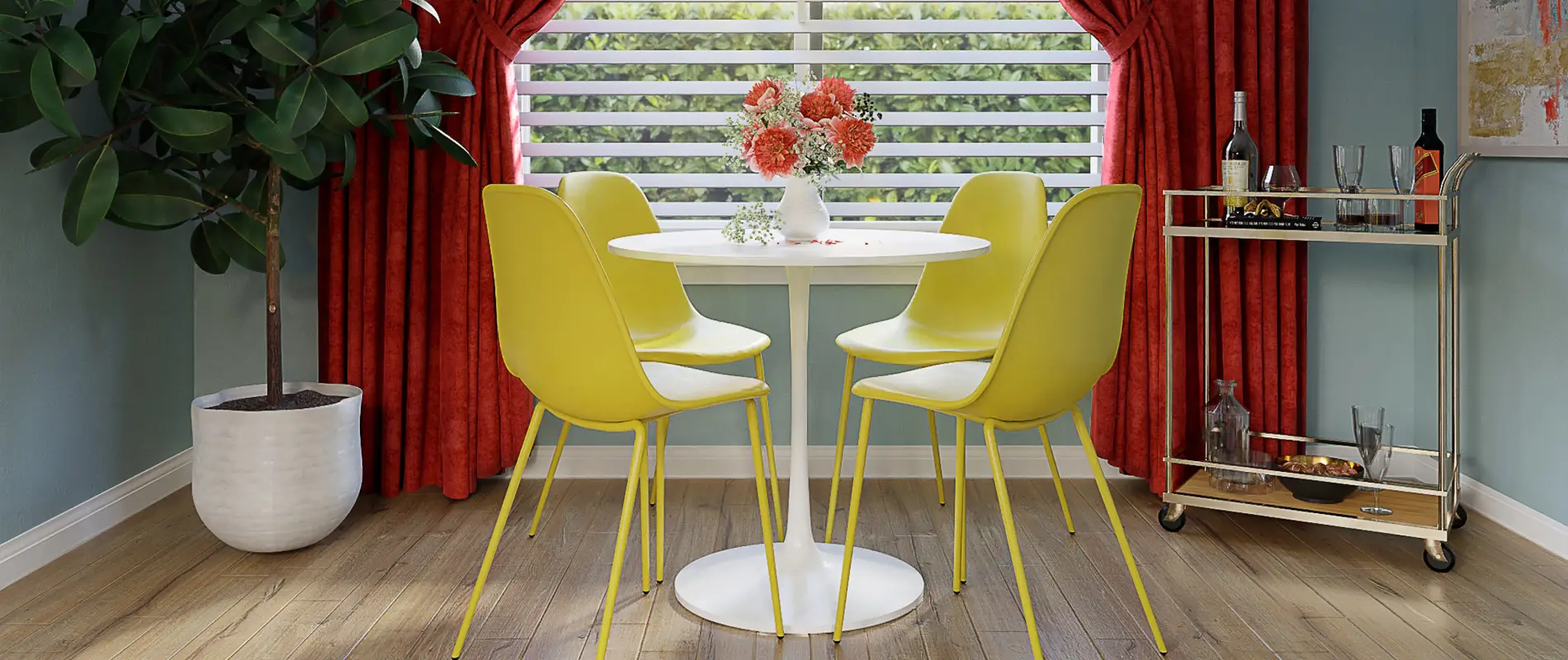© Copyright – Made with MaxiBlocks

WordPress themes: Pure Footer Dark PFD-PRO-100
Build WordPress sites with MaxiBlocks. All features free forever. No locked functionality. Optional Cloud Library saves you 10+ hours per project. Start free
Transform Your Website with a Modern Footer Block Design
Want to give your WordPress website a fresh, stylish edge? Dive into this modern footer block design that balances aesthetics with functionality. It features a unique mix of circular buttons and concise text links, ensuring an engaging user experience that adds a contemporary twist to any WordPress web design.
Original Design Features
- Overall Structure: A multi-column layout with a top section of three circular buttons and a bottom section showcasing neatly arranged text links.
- Arrangement: The first row highlights evenly spaced circular buttons, while the second row offers horizontal text links, ensuring visual balance.
- Visual Elements: The circular buttons enhance appeal and guide users to key content.
Detailed Analysis of Footer Block Design
1. Layout Insight
Asymmetrical Touch: The harmonious arrangement of circular buttons and a straight line of text links provide eye-catching contrast, drawing viewers in.
2. Element Breakdown
- Key Components:
- Circular Buttons: Direct users to “Blog,” “Our Work,” and “About” with intuitive arrows for easy interaction.
- Text Links: Essential navigation through “Work,” “Approach,” “In the loop,” and “Let’s talk.”
- Contact Info: Quickly accessible phone number and email address.
- Social Media Integration: Icons for LinkedIn and Facebook expand audience reach.
- Interactivity: Buttons and icons tempt users to discover more about your services, reinforcing engagement.
3. Unique Design Aspects
Innovative Elements: Circular buttons defy traditional styles. Their distinctive form and potential hover effects significantly improve user experience.
4. Design Style Overview
- Minimalist and Modern Look: Simplicity reigns with a clean aesthetic and a restrained colour palette.
- Effective Visual Hierarchy: Large buttons catch the eye first, gracefully leading users towards your site’s core features.
- White Space Utilisation: Generous white space boosts readability, achieving a neat and orderly look.
What is a Footer on a Website?
A website footer is the bottom bar of a web page, housing essential navigation and information, such as contact details and copyright notices. It’s a crucial component, ensuring users find what they need before concluding their visit.
What is the Size of a Website Footer?
Footers generally range from 100 to 200 pixels in height, though this can vary based on content needs. The website footer area adapts to fit elements like text links and images ensuring optimal display across devices.
How to Add a Footer to Your Website?
Adding a footer can be straightforward with a WordPress website builder. Navigate to your theme’s customization settings or use a footer widget to personalize the design according to your site needs.
What Elements Should Be Included in a Website Footer?
A well-crafted footer should encompass essential elements like navigation links, contact information, social media icons, and copyright statements. Consider including a website copyright footer sample for clarity.
How to Make Your Website Footer Responsive?
Creating a responsive website footer is vital for user experience. Employ CSS media queries to adjust elements like font sizes and layout dimensions, ensuring they look great on any device.
Best Practices for Footer Design
Adhering to website footer best practices includes maintaining simplicity, ensuring consistency with the site’s overall design, and providing clear, accessible links.
Customising Your WordPress Footer Without Coding
Customising a WordPress website design footer without diving into code is feasible through widgets, plugins, or built-in theme settings. Tweak texts, links, and layouts seamlessly.
10 Use Cases for a Modern Website Footer
1. Highlight Key Content
Use a footer to guide users towards vital areas of your site. Circular buttons and structured links direct attention towards popular sections like blog posts or service pages.
2. Strengthen Brand Presence
Integrate branding elements such as logos and taglines into your footer to enhance brand visibility consistently across all pages of your site.
3. Simplify Site Navigation
A functional footer improves site navigation by featuring well-organized links to critical pages, ensuring users can easily access information without hassle.
4. Convey Essential Contact Information
Place contact details, including phone numbers and email addresses, in the footer to allow easy access for anyone looking to reach out or inquire further.
5. Foster Social Engagement
Embed social media icons within your footer to encourage users to engage with your brand across various social networks, creating opportunities for interaction outside your site.
6. Implement Legal Disclosures
Make space for legal notices such as privacy policies and terms of service, ensuring your site adheres to compliance requirements while informing users.
7. Drive Newsletter Subscriptions
Include an opt-in form within your footer to easily collect email addresses for your newsletter, increasing your outreach and keeping your audience informed.
8. Boost SEO with Navigational Links
Strategically place effective website footer links to boost SEO by enhancing internal linking structure and assisting search engines in recognizing key pages of interest.
9. Feature Client Testimonials
Incorporate short client feedback snippets within your footer to establish trust and credibility by showcasing positive experiences and recommendations.
10. Highlight Business Hours
For service-based sites, listing business hours in the footer helps users know exactly when you’re available, providing clarity without needing to navigate elsewhere.
5 Ways to Use Your Modern Footer
1. Enhance User Experience Through Interactive Elements
Use buttons and hover effects to make your footer interactive, encouraging users to engage with site content seamlessly.
2. Customise Layout Easily for Dynamic Appearance
With a flexible layout, quickly update your footer to tone in with seasonal themes or promotions, keeping the design fresh.
3. Increase Accessibility by Optimising Structure
Ensure all users can easily navigate your site by optimizing your footer for screen readers and mobile optimizations.
4. Implement Footer Widgets to Extend Functionality
Add widgets for elements like calendars or quick contact forms, improving functionality directly from the footer space.
5. Expand Content Availability Fantastically
Add important resources or links in your footer to ensure they are accessible on each page, providing users with more opportunities to explore.
Inspired to update your WordPress website design with this modern footer? It’s time to raise your site’s aesthetics and functionality by transforming its footer section-achieve a seamless blend of style and utility now.


